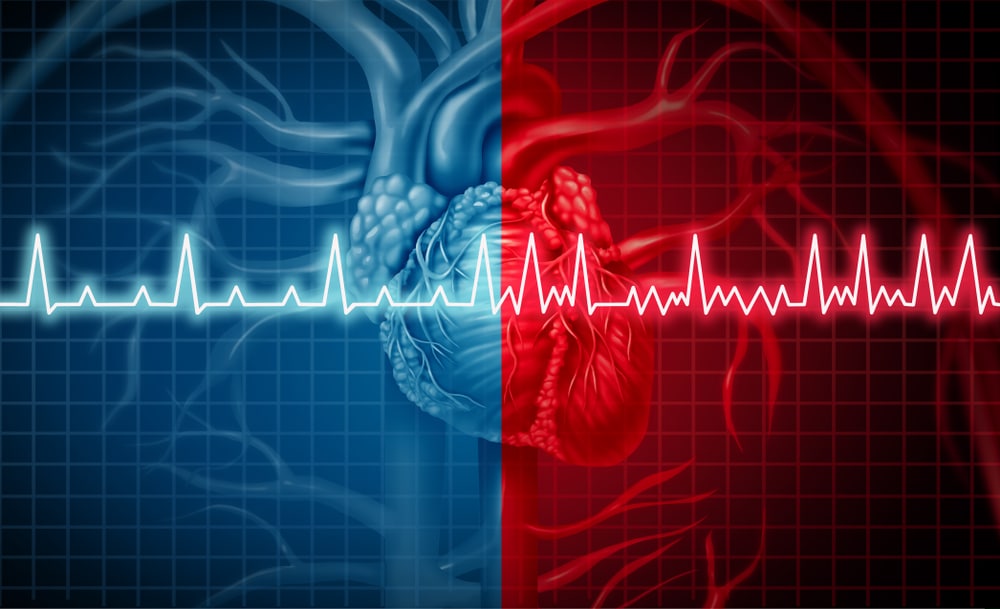An irregular heartbeat can be a troubling symptom and can be a sign of atrial fibrillation. Atrial fibrillation Scottsdale can be a dangerous medical condition, however, it can be treated and its risks mitigated. If you are experiencing an irregular heartbeat, here are some important things you should know about atrial fibrillation.
What is Atrial Fibrillation?
Atrial fibrillation is the most common type of irregular heartbeat or heart arrhythmia. The condition is also called “AFib” or “AF.” Atrial fibrillation affects the two upper chambers, or atria, of the heart, resulting in a very rapid and quivering heartbeat. The condition may be temporary, recurring, or permanent, and can occur in patients of all age groups.
How Does Atrial Fibrillation Increase Risk of Blood Clots or Strokes?
The most important risk associated with atrial fibrillation is that of stroke. As the upper chambers beat rapidly and without synchronous contraction, blood tends to swirl and become stagnant. As the blood becomes stagnant it can clump, flow up to the brain and result in blockages of tiny vessels and stroke.
What are Symptoms of Atrial Fibrillation?
If you have atrial fibrillation, you will likely experience heart palpitations, which may feel like your heart is beating too fast or too hard, fluttering, or skipping a beat. It’s also common to experience symptoms such as chest pain, fatigue, weakness, lightheadedness or dizziness, shortness of breath, confusion, or fainting.
Note that not all atrial fibrillation patients will experience all of these symptoms. It is also possible for symptoms to come and go, which may depend on the severity of your atrial fibrillation or other factors. Some patients may find that their atrial fibrillation symptoms resolve on their own, a condition is known as paroxysmal AFib. For others with prolonged and severe symptoms, treatments and medications are necessary.
What Treatments are Available?
There are several treatments available that Dr. Beshai may recommend. The most important treatment to be considered is whether or not you will need a blood thinner to decrease the risk of stroke. A treatment plan will then be developed based on the potential cause of your atrial fibrillation. Diagnosis will include ruling out thyroid disease, heart disease, and congestive heart failure. You may require blood work, an echocardiogram as well as stress testing to determine the potential cause of your arrhythmia.
Treatment approaches include medications that not only slow the heart rate but also medications that work to control the rhythm keep you out of atrial fibrillation. In some cases where medications are not effective, you may have to undergo an ablation procedure where radiofrequency energy is used to eliminate the abnormal circuits in the heart. In some instances, a pacemaker may be needed to control your arrhythmia.
In patients who are at high risk for bleeding or cannot tolerate blood thinner, Dr. Beshai may recommend implantation of a device called the WATCHMAN. This is a catheter-based procedure where a small umbrella-like device is inserted into the heart to close the left atrial appendage (LAA) to prevent blood clots from escaping and causing a stroke.
Schedule an Appointment
If you have symptoms of an irregular heartbeat that is a concern for atrial fibrillation, it’s important to schedule an appointment with a qualified and experienced cardiac electrophysiologist like Dr. Beshai, MD, FACC, FHRS. To schedule your appointment at the Heart Rhythm Institute of Arizona, in Phoenix, AZ call (480) 634-4449 or request an appointment online.
Dr. Beshai is a board-certified electrophysiologist internationally renowned and respected for his expertise and research. Having published in major medical journals and travelled all over the world to present research, he is dedicated to providing innovative, state-of-the-art care to his patients.


